The Pollinator Garden is a framework for how green spaces in the urban environment can be designed to support pollinators, raise public awareness about their decline and inspire people to engage.
Biodiversity in urban environments
Pollinators such as wild bees, butterflies, and hoverflies play a crucial role in plant reproduction. Due to alarming declines in just a few decades, researchers are now fearing that the stability of both our food production and the global eco system is at risk. Using design methods from product, system, and strategic design, this project has developed a framework for how green spaces in the urban environment can be designed to support pollinators, raise public awareness about their decline and inspire people to engage.
Background
Pollinators such as wild bees, butterflies, and hoverflies play a crucial role in plant reproduction, and due to alarming declines in just a few decades, researchers are now fearing that the stability of both our food production and the global eco system is at risk.
The decline is mainly a result of habitat loss, caused by modern practices in agriculture and forestry which no longer allow for biodiversity to co-exist, as well as expansion and densification of urban environments.
But studies in urban ecology have found that the urban environment holds potential to provide a safe haven for pollinators, and that efforts to support pollinators in private gardens are giving promising results.
Methods
- This project focuses on two target groups: pollinating insects as the primary, non-human stakeholders, and humans as secondary users meant to engage in efforts to support pollinators.
- Review of studies on pollinator decline and habitat needs.
- Interviews with urban ecologists and urban planners.
- System Mapping: Analysis of the interconnected systems affecting pollinator populations.
- Quantitative and Qualitative User Interviews: Understanding the perspectives and knowledge levels of potential human users.
Result
The Pollinator Garden is a framework for how green spaces in the urban environment can be designed to support pollinators, raise public awareness about their decline and inspire people to engage. The framework is made up of five main parts:
The Garden
The garden is directly meeting the pollinators needs through the variety of flowering plants that bloom throughout the whole season, different nesting materials and safe access to water. Signs along the garden paths provide the human visitors with context to their experience, informing them about the purpose of the space and introducing the issue.
The Workshop Space
Workshops and seminars invite visitors to discuss and learn about the issue and engage in direct efforts in the garden. The workshops also act as social proof and makes the community building visible.
The Centre
The centre offers easy entry points for visitors with varying levels of knowledge to spread pollinator habitat, by presenting products that work ”out-of-the-box” as well as through providing guidance for those who want help to plan their own pollinator garden.
The Café
The café attracts visitors and provides a spontaneous and relaxed interaction with the issue in a familiar context. Visual elements on porcelain, napkins, receipts and the menu highlight the material and cultural value of pollination. This way, the café experience creates strong sensory memories and builds an emotional understanding and connection to the issue.
Profits from the centre and café contribute to maintaining the garden and supports the organic farmers and local bakeries who deliver their products to the centre. This makes every customer a contributor.
Postcard+Seed Bag
The combined postcard and seed bag acts as a tangible product with the potential to create habitat and to spread the dialogue outside of the garden.
This way, the space acts as a call-to-action for supporting pollinators, aiming to plant a seed in the minds of the visitors with the intention to influence behaviors, attitudes and ideals.
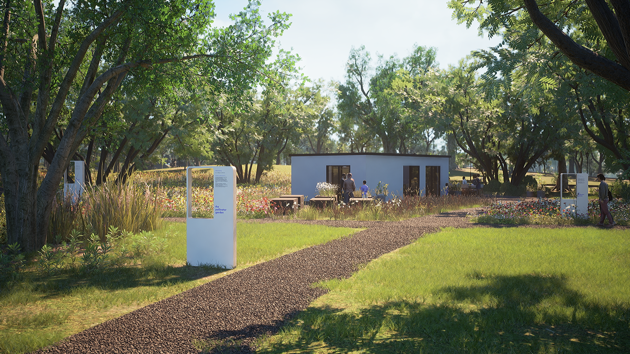
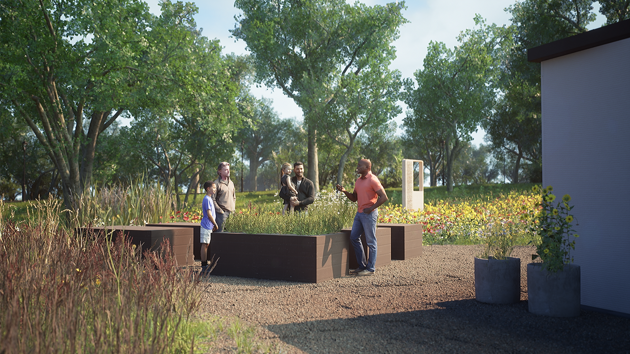
Workshops and seminars invite visitors to discuss and learn about the issue and engage in direct efforts in the garden. The workshops also act as social proof and makes the community building visible.
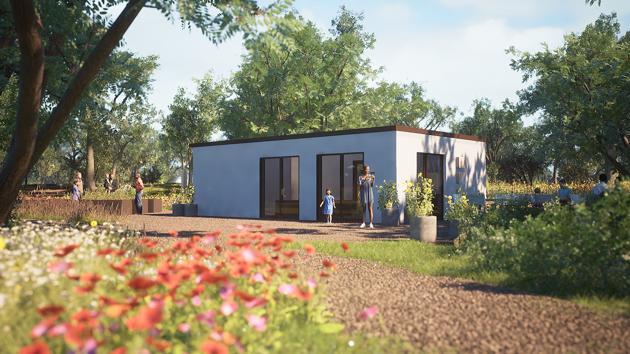
The centre offers easy entry points for visitors with varying levels of knowledge to spread pollinator habitat, by presenting products that work ”out-of-the-box” as well as through providing guidance for those who want help to plan their own pollinator garden.
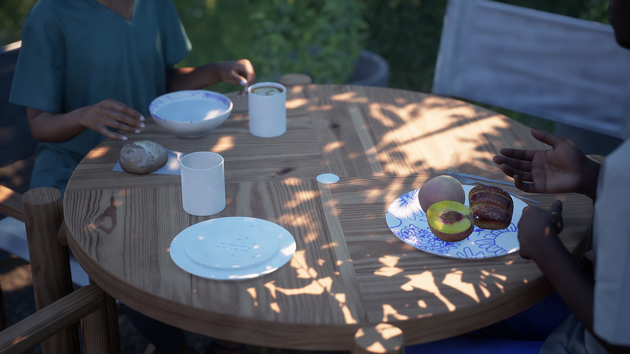
The café attracts visitors and provides a spontaneous and relaxed interaction with the issue in a familiar context. Visual elements on porcelain, napkins, receipts and the menu highlight the material and cultural value of pollination. This way, the café experience creates strong sensory memories and builds an emotional understanding and connection to the issue.
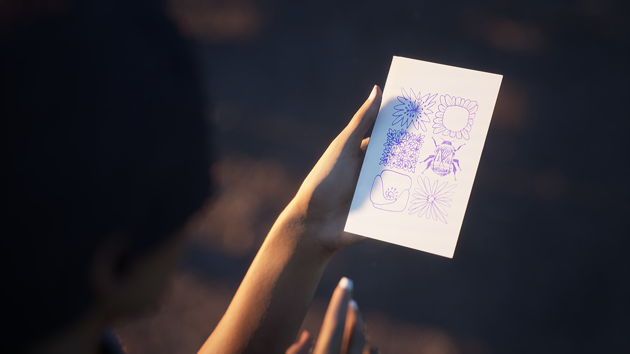
The combined postcard and seed bag acts as a tangible product with the potential to create habitat and to spread the dialogue outside of the garden.
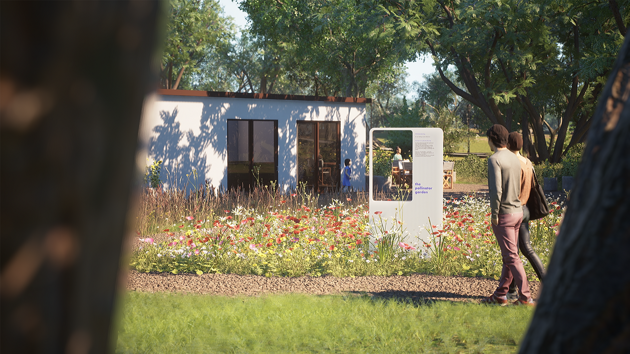
Signs along the garden paths provide the human visitors with context to their experience, informing them about the purpose of the space and introducing the issue.






